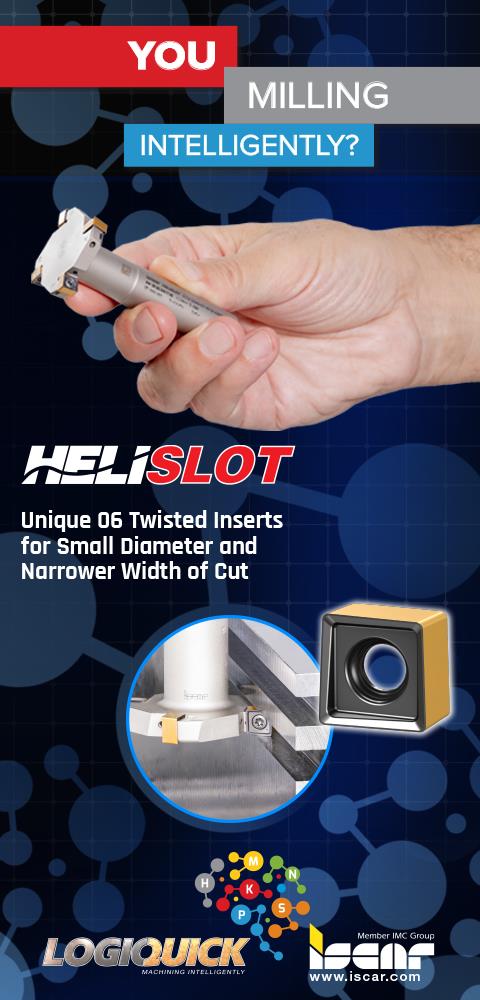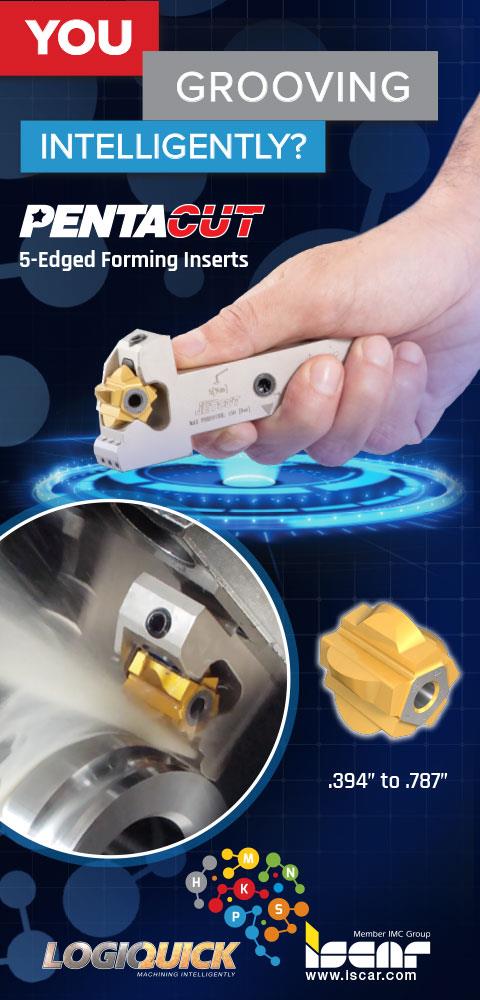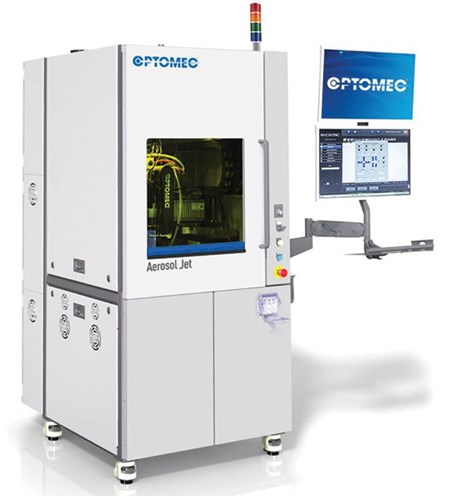






3D Electronics Printer for Medical Device Production
April 1, 2021

Aerosol Jet 3D Electronics printer for medical devices
Optomec has delivered a new industrialized 3D Printed Electronics system to a major U.S. healthcare manufacturer where the machine will be used in the volume production of a diagnostic medical device. The system fulfills a $1 million contract that includes delivery of advanced software capabilities, as well as production processes/recipes. The initial application will replace manual integration of flex circuits by using aerosol jet to directly print multi-layer 3D circuitry onto a structural component. This additive manufacturing (AM) approach will provide reductions in cost and improvements in yield versus existing methods, as well as increased flexibility for next generation designs. Additional orders are anticipated as the customer ramps production over the coming years.
"This order is just one example of the rapidly increasing demand for Optomec's 3D Printed Electronics solution in the medical device market, which now makes up more that 20% of Optomec's business," said a company spokesperson. "Customer applications range from continuous glucose monitors (CGMs) and functionalized catheters to surgical needles and assays for drug discovery. More recently, one of Optomec's customers is using aerosol jet to develop a novel rapid test for COVID that can be used at home."
The new machine is suited to address this wide range of medical device applications. At its core, the aerosol jet process is capable of printing conductive, insulating, adhesive and biological materials in 3D space with dimensions as small as 10 µm. The industrialized platform is equipped with high precision 4-axis motion of 250 mm x 250 mm x 300 mm and supports a work envelope that is sufficient for relatively large medical electronics, as well as batch production of other smaller devices such as wearables and implantables.
The machine utilizes operator-friendly software that guides the user in creating production scripts for repetitive processing, and is also equipped with a traceability capability that records and archives all relevant manufacturing data. The machine incorporates advanced process monitoring cameras for automatic device alignment and optical inspection. Finally, it includes automation that reduces the load/unload time for more efficient processing and reduced operator fatigue.
"Device manufacturers have asked us for a way to eliminate the use of traditional circuit boards and flex circuitry," said Bryan Germann, Optomec Product Manager. "This opens up a whole new set of design possibilities for wearables and implantables. By printing circuit components directly onto the device, we can reduce the size by 50% while making the device more comfortable to wear, not to mention reducing manufacturing cost."
For more information contact:
Optomec
3911 Singer NE
Albuquerque, NM 87109
505-761-8250
sales@optomec.com
www.optomec.com
< back